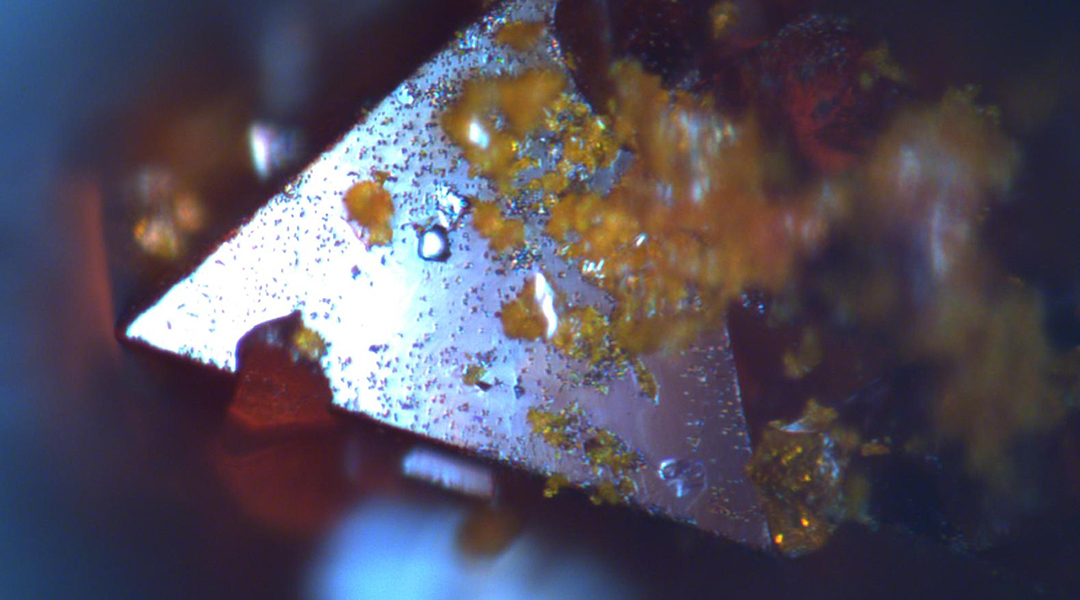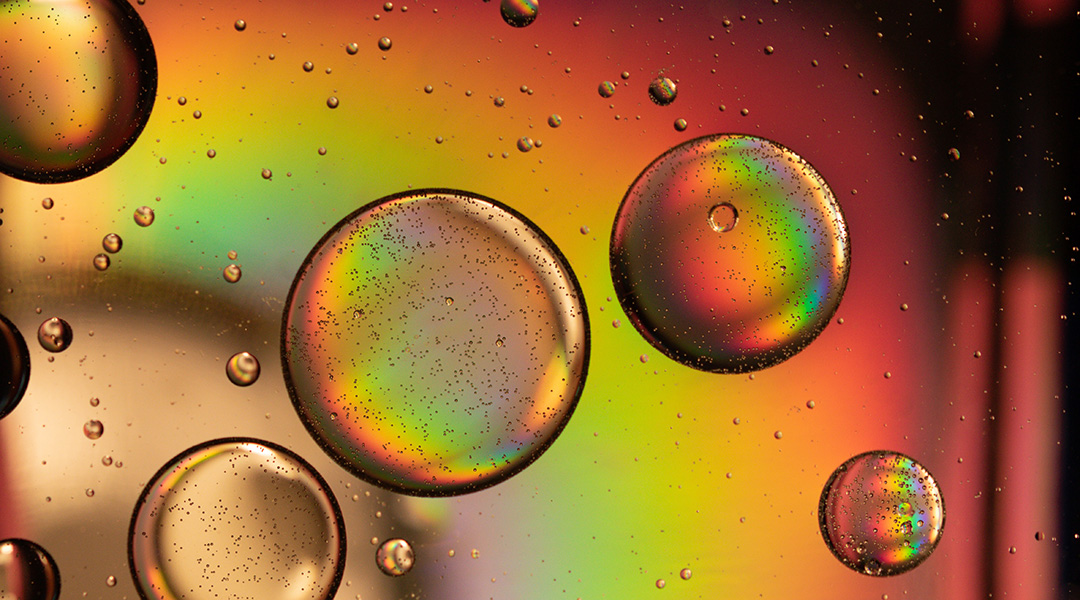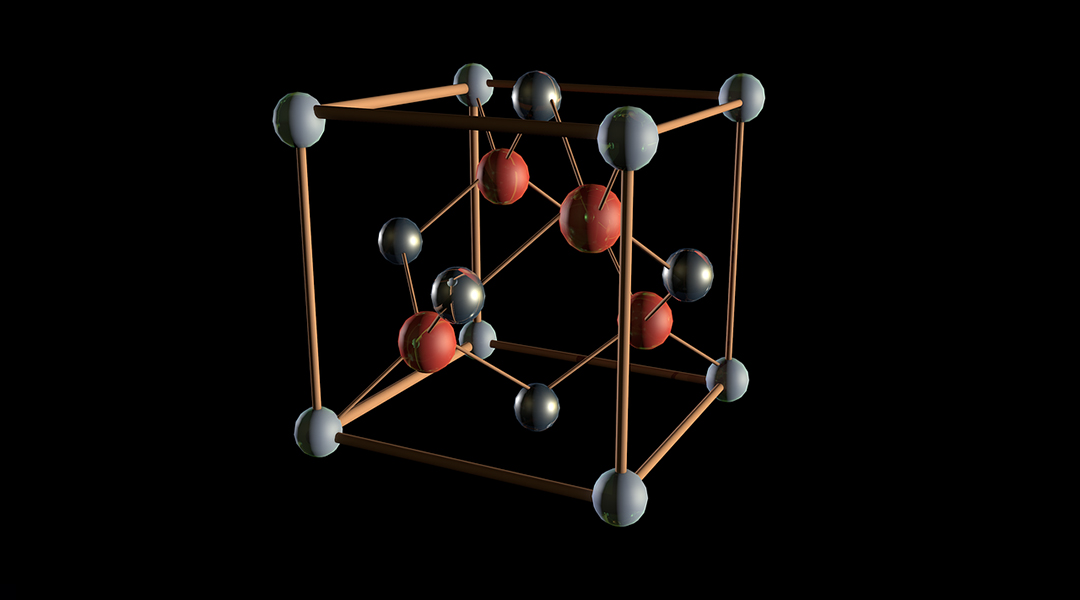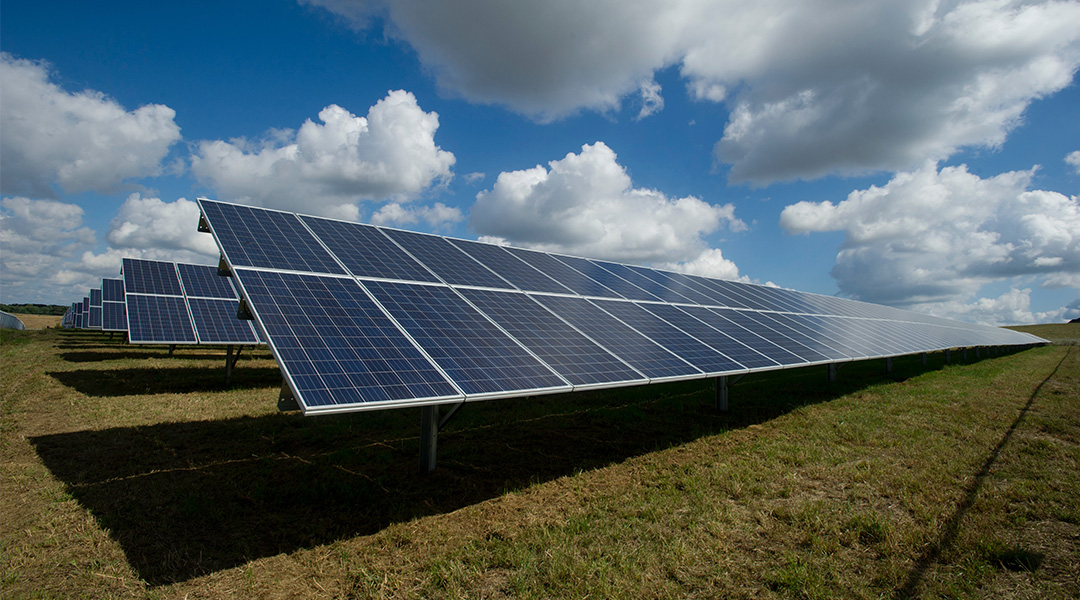A new electrolysis device could transform the way we produce hydrogen fuel from seawater, addressing challenges that hindered this process.


A new electrolysis device could transform the way we produce hydrogen fuel from seawater, addressing challenges that hindered this process.

Modifying hydrogen fuel cells with caffeine helped protect them from degradation, resulting in up to 11-fold increase in activity.

Study uncovers stability hurdles in a promising lead-free solar cell material, signaling potential for a cleaner energy future.

The new material rapidly transports lithium ions through its structure and could help make rechargeable lithium-ion batteries safer and more efficient.

A genetically engineered strain of yeast is reducing the amount of carbon dioxide produced during the production of ethanol biofuels.

A newly discovered material and its intriguing properties could pave the way for more efficient computing.

This nanogenerator built from waste DVDs can generate electricity from gliding droplets of water.

A new frontier in clean energy may be on the horizon with nanoscale generators that capture electricity from molecules.

Harnessing Alfvén waves, scientists take a step closer to clean and abundant energy by learning how to tame runaway electrons in fusion reactors.

Autonomous materials laboratories and the research communities that build them will be crucial to achieving our climate goals.